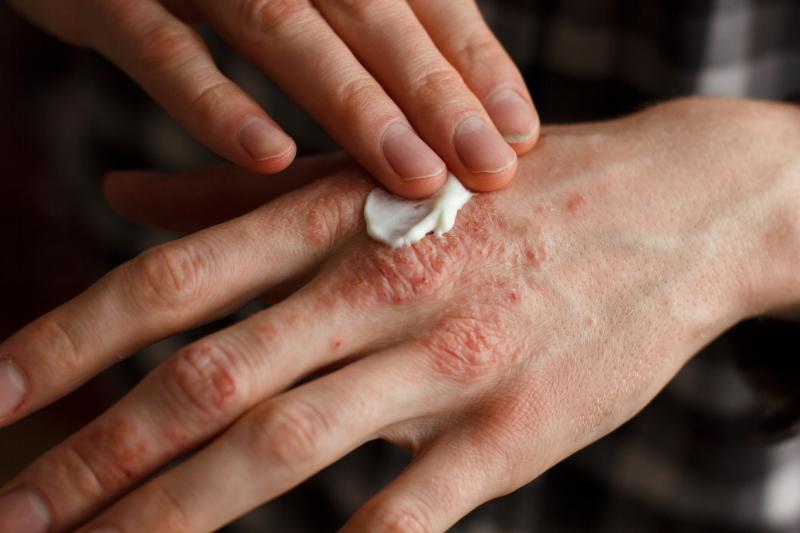
No substantial difference in infection risk is seen between biologics and nonbiologics among children with psoriasis, reveals a recent study. There is also no robust difference between systemic treatment and phototherapy.
“Independent of treatment, children with psoriasis had a higher risk of infection than those without psoriasis,” the authors said.
In this study, the authors estimated the 6-month risk of serious infections in children with psoriasis treated with biologics, systemic nonbiologics, and phototherapy. They used insurance claims data to identify children aged <18 years with psoriasis. The frequency of serious infections was compared in those initiating biologics, systemic nonbiologics, and phototherapy. Relative risks (RRs) were estimated before and after 1:1 propensity score matching.
A total of 57,323 children with psoriasis were identified. The 6-month infection risk was 4.2 per 1,000 patient-years in 722 biologic initiators, 5.1 in 988 systemic nonbiologic initiators, and 1.1 in 2,657 phototherapy initiators.
The RR was 0.67 (95 percent confidence interval [CI], 0.11–3.98) in biologics vs nonbiologics, 1.50 (95 percent, 0.25–8.95) in biologics vs phototherapy, and 5.00 (95 percent CI, 0.59–42.71) in nonbiologics vs phototherapy. Of note, the background risk of infection in children with psoriasis was 1 per 1,000, which was nearly double the risk compared with those without psoriasis (RR, 1.84, 95 percent CI, 1.15–1.97).
“Psoriasis is increasingly treated with systemic medications, yet their safety is not well characterized in children,” according to the authors.